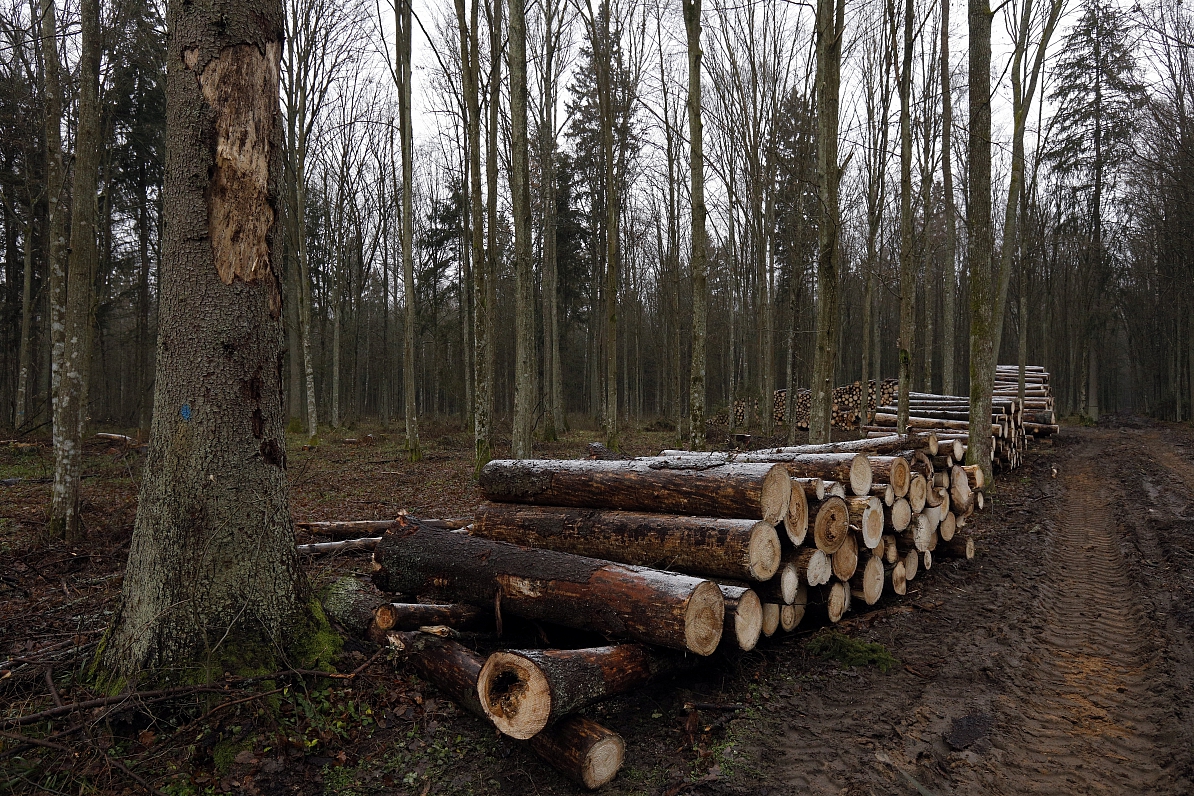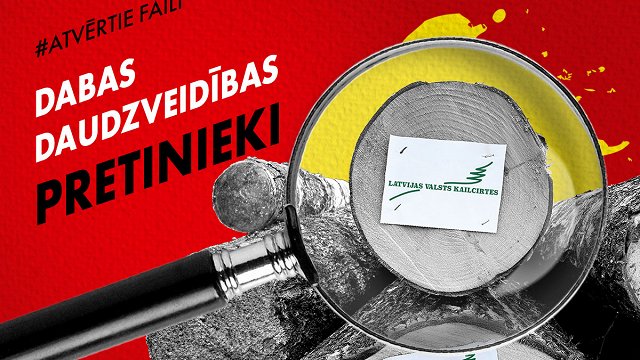After a two-year hiatus the Ministry of Agriculture once again returned to the broadly criticized amendments in 2019. Although previous attempts to reach a compromise failed, the amendments were put up for consideration once again this year. The main point of contention is the minimum diameter of trees that are allowed to be cut down.
“We're constantly pointing out significant risks. These regulation amendment will without a doubt have a very significantly negative impact on the environment,” said Latvian Ornithological Society Board Chair Viesturs Ķerus.
Ķerus thinks the potential effects haven't yet been completely evaluated, however the Latvian Wood Industry Federation Executive Director Kristaps Klaus thinks there has been plenty of compromise from their part. He said the proposed requirements aren't even close to ideal for the forestry economy, but that they are nonetheless better than the current regulations.
Ministry of Environmental Protection and Regional Development (VARAM) Environmental Protection Department Director Daiga Vilkaste also agrees that both the economic and environmental effects of the amendments have not yet been fully evaluated. Vilkaste said that the ministry opposes the amendments, as many of them have not changed in essence, and can't understand why they don't include exceptions for state forests.
Ministry of Agriculture Forest Department Director Arvīds Ozols explains the lack of exceptions for state forests with the fact that they are already regulated by the Cabinet of Ministers. He also maintained that forest regeneration requirements included in the amendments will encourage forest owners to use their land more carefully and effectively.
“If they use the opportunity to cut trees according to diameter, then additional considerably heightened forest regeneration requirements will be imposed. This will allow us to significantly increase resilience and quality in the future,” said Ozols.
As previously reported, in 2018, forests occupied 3.04 million hectares (ha) or 52% of Latvian land, according to the State Forest Service, reported LSM's Latvian service on July 9. Therefore, Latvia's forest area has grown in the last ten years.
Latvian territory is made up of 6.46 million hectares of land, 3.35 million hectares of which is woodland (forests occupy 3.04 million ha). Compared to the rest of Europe, Latvia belongs to the coterie of countries rich in woodland. In Europe, forest covers an average of 33% of land, whereas in Latvia 52% of land is occupied by trees.
1.49 million ha (49%) of forests in Latvia are state-managed, whereas 1.55 million ha (51%) of forests are privately owned.
According to the annual report of the State Forest Service, woodland has more than doubled in the period since 1923, when forests occupied just 23% of the overall land. A gradual increase in woodland has also been occurring over the last decade.
The State Forest Service predicts that the growth will continue into the future, as unused agricultural land are naturally overgrown and targeted areas are artificially afforested.
Latvian forests are mostly made up of conifers, though a significant part is composed of other species. Conifers make up 53% of all woodland, birches – 30%, white alder – 7%, and aspen – 7%.



























